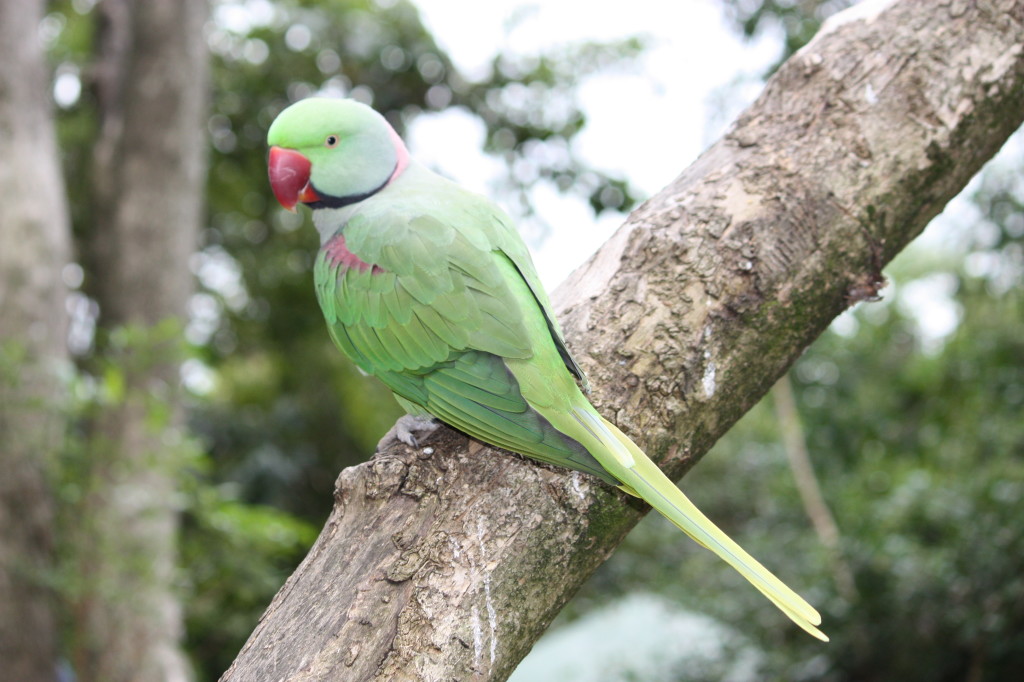Last year, I asked people to resolve to see at least one new bird habitat and showed you which ones I was planning to visit. I hope many of you accomplished this, enjoyed your trip and saw lots of beautiful, interesting birds! I got to all the ones I had planned on plus a few extra ones thanks to a US Airways special deal. So what do I have planned for this year?

.
BIRDING AUSTRALIA
In 2014, my birding travel will focus more on Australia. I am often asked why I don’t travel more domestically since I live in a country with 842 bird species, including over 50 parrots. The answer to that is that I have been focusing on long-haul destinations because I have been lucky enough to get in on some very lucrative miles & points earning opportunities. I’ve been able to afford travel to places that would normally be way out of reach. Since miles and points are prone to devaluations, I wanted to use these miles as effectively as possible, which basically means overseas travel.
Although I have put it off a few years, 2014 is my year to see more of the fantastic country I live in and see more of our native birds! We will be visiting 3 regions, southern Western Australia, Tasmania & outback Queensland.

February-March 2014 Tour
EDUCATION
The other thing I will be focusing on this year is education. I will be attending two major parrot conferences.
Parrots 2014 in Brisbane
Right in my home town, no travel required-for me anyways!
World Parrot Conference in Loro Parque. Tenerife
I used US Dividend Miles, United Miles & Iberia Avios to book award travel with some very interesting stopovers. But more about those later! For now, just get your travel booked to Tenerife (TFN) as flights there are limited! By the time we do this trip, US Airways will have left Star Alliance and joined One World so hopefully there will be no dramas with the trip!
THIS BLOG’S DIRECTION
I still need to start the India & Sri Lanka series from last month’s trip which should bring us up to date before the Australian trip. Of course this will be blogged about in depth as well. I still have some birding trips I did in the past that I haven’t blogged about so I will be getting those done as well. I will be doing more bird profiles with “how to” instructions for seeing the bird in the wild. I’ll also continue to keep you up to date with the miles & points world and keep you aware of any good deals that would help you create an amazing eco-tourism adventure. Eco-Lite Mini Trips will continue with some exotic ones and some closer to (some people’s) home.
What I won’t be doing (that other miles & points blogs do) is going into depth on credit cards & manufactured spending. I’ll let you know which credit cards can help you get that amazing trip in a reference page that will be updated for this year soon. You will also need to read FlyerTalk to make sure you get the best deal because don’t keep up with these deals on a daily basis so you will always have to do some checking yourself.
I don’t have any affiliate marketing deals with any credit cards. I do have the same referrals that any card-holder has for Australian Amex, USA SPG Amex, Chase Freedom & Chase Sapphire. These give me points if you let me send you an invitation, then you can wait for your own link and invite/refer your family members. If you are interested, post a comment here or Tweet me.

.
Manufactured spend can be a good source of miles and points but it’s not without a lot of risks so I prefer to direct people to FlyerTalk if that is their interest. I’m not much of a risk taker (with money) and I don’t want to recommend people do things I wouldn’t do myself to earn miles & points.
That about covers my plans for this year. What are yours? *
*If the human verification is giving you trouble, please Tweet me so I know about it.



